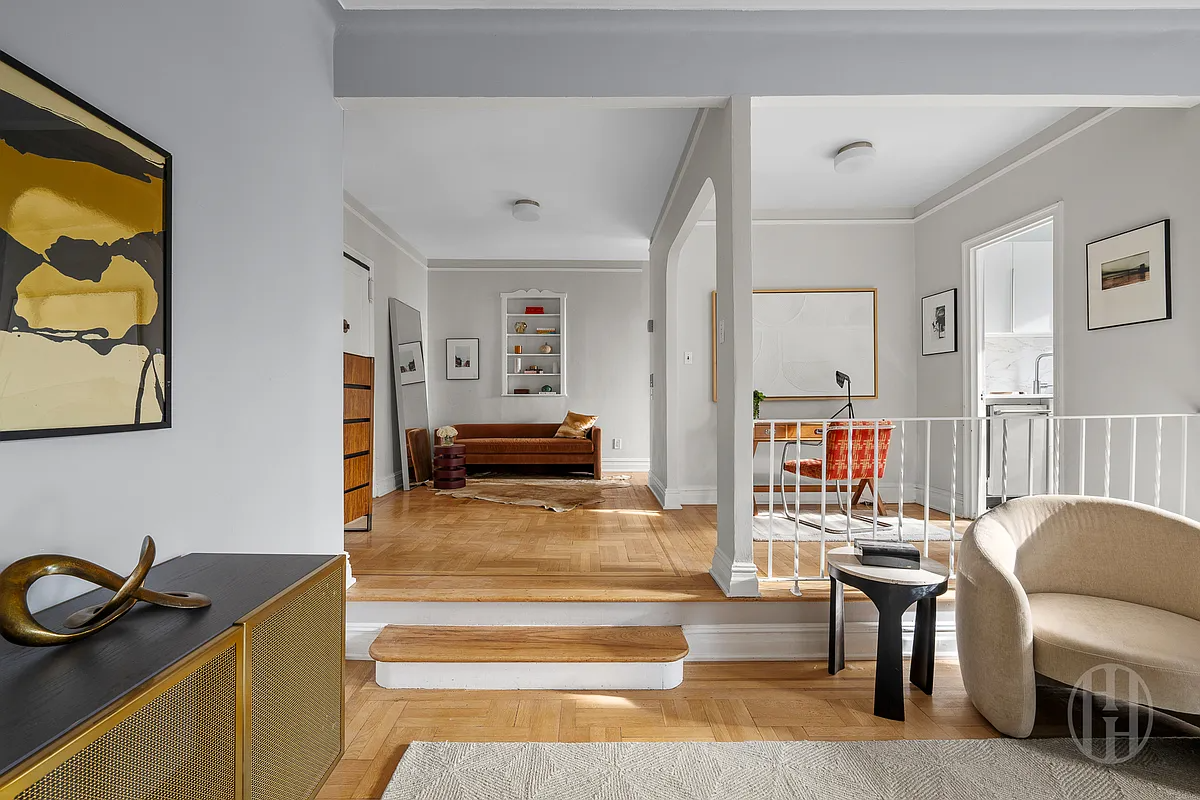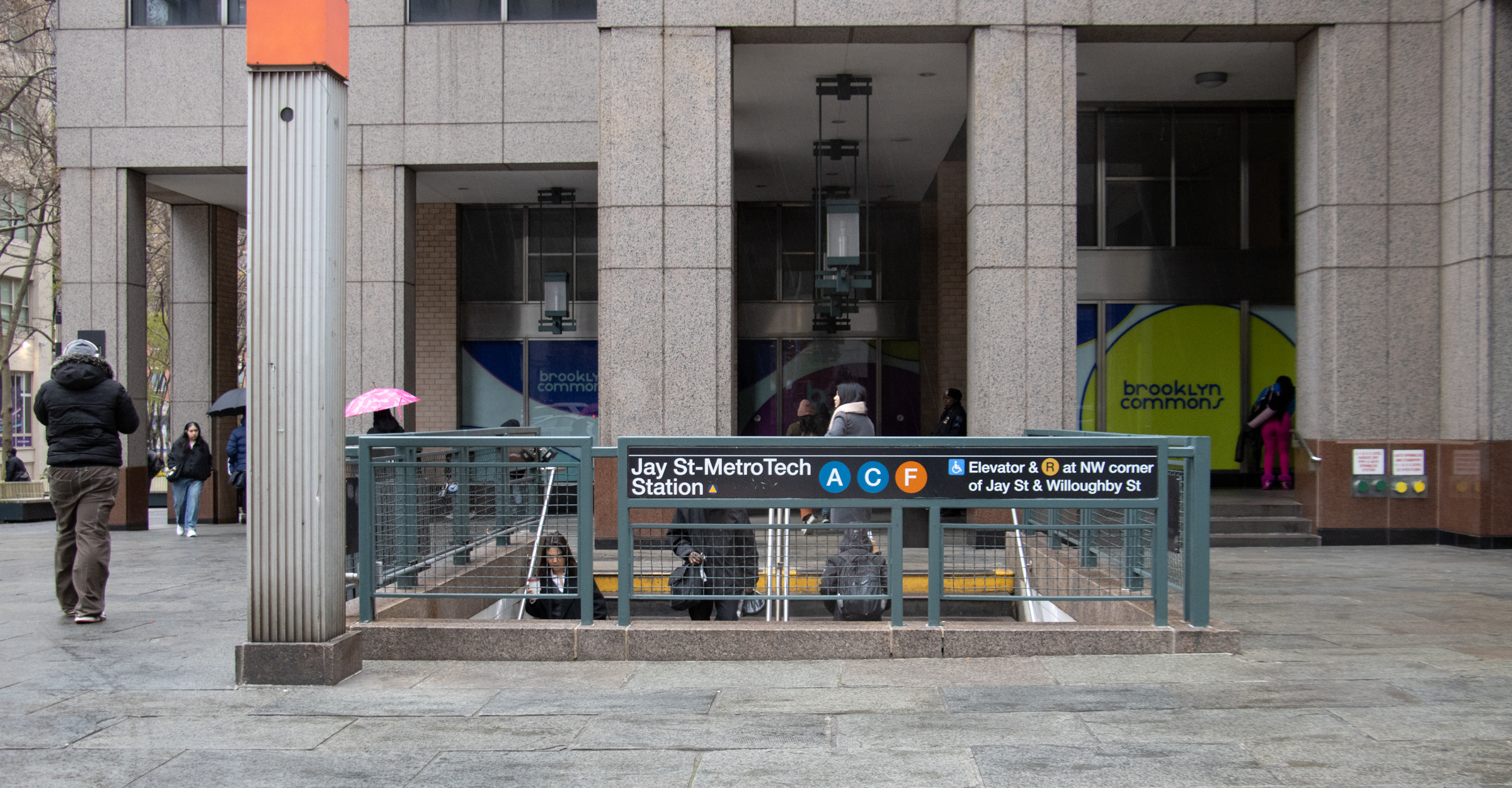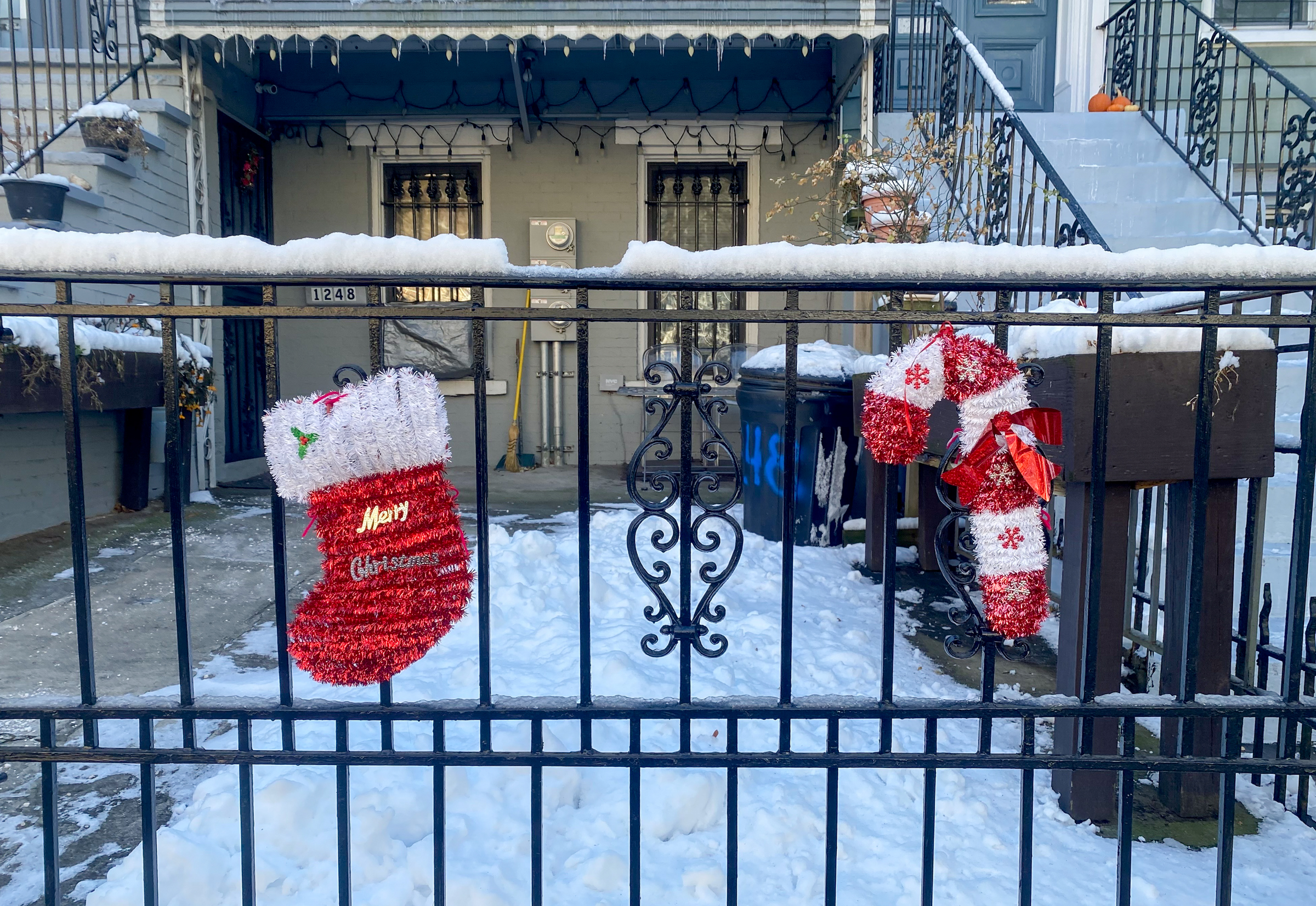BREAKING: 70 Lefferts Place Landmarked!
We just got word that the Landmark Preservation Commission voted unanimously this morning to designate 70 Lefferts Place. Here’s a detailed account from the comments of yesterday’s post: LPC unanimously approved designating 70 Lefferts Place a NYC individula landmark today. The developer even said, at the public hearing, that he was willing to work within…
We just got word that the Landmark Preservation Commission voted unanimously this morning to designate 70 Lefferts Place. Here’s a detailed account from the comments of yesterday’s post:
LPC unanimously approved designating 70 Lefferts Place a NYC individula landmark today. The developer even said, at the public hearing, that he was willing to work within the existing structure to develop condominiums in an adaptive reuse manner. That made it easier for the LPC, I’m sure, but don’t think it was the dispositive factor in their decision. They held that it was architecturally significant, historically significant due to the heritage of owners such as father divine, and in a good state of repair considering its age.
The turnout was large: Lefferts Place Civic Associatoin representatives spoke in favor of designation, CB2 representatives supported the designation, as did Tish James, another gov’t representative whose name I missed, the Clinton Hill Society, and numerous residents of the street and nearby areas, old and new, spoke to the history and significance of the home historically and personally
The LPC commended the developer’s (Chris Morris) statement that he is willing to work with the community and stated that once his work is finished within the LPC guidelines, he should be held up as an example of a good developer who worked with the desires of the community and with LPC in preserving the heritage of the area while helping to provide more housing.
The Clinton Hill Society representative noted that next quarter the change in zoning of residential blocks such as Lefferts Place, in both Clinton Hill and Fort Greene, from R6 to R6B is on the calendar. This would prevent towers from being built on residential brownstone blocks. The logical correlation (or compromise) to that is that commercial streets such as Fulton and Myrtle could be built more densely (read taller), thereby providing more residential density above businesses on those commercial streets, while preserving the attractive historic residential blocks.
Additionally, next year, the Clinton Hill Society (and Fort Greene Association) will be presenting its application to expand the landmark district to those blocks (such as Lefferts Place and other blocks between Fulton and Atlantic) that were not designated landmarks 20 years. From what I’ve heard, the lack of designation years ago was rather arbitrarily based on the fact that Fulton Street is a commercial street that divided those blocks from the rest of FG/CH. That’s ironic since some of the non-designated blocks have older homes than the designated ones and are almost fully intact.
In any event, now developers are fully aware of the issues, and future plans of the neighborhood and can plan accordingly and prevent unnecessary headaches when looking at opportunities.
All in all, a good deal for Lefferts Place and Clinton Hill. I’m sure Chris Morris is not thrilled, but the goodwill he will generate if he plays this correctly may go a long way not just with this property, but with the other 3 or 4 properties he said he bought (recent NYT article) in neighborhoods in the vicinity of the proposed AY project.





Hooray! Congratulations to all helped this happen. Hope springs eternal!
plus the Scarano Project on fulton between Washington and Waverly, plus the new hight rise condo on Clinton between Fulton and Atlantic…
There is plenty of luxury condo development in the immediate area. Want more of it, buy the derelict warehouses on the Prospect Height/Crown Heights border and develop them. Some are empty, and certainly weren’t built in the 1850s…
There’s no point in arguing about this now, but sthomas is off base in his description of the motivations of those who pushed for landmark status of this building (and continue to do so for this entire 3 block street). There is a veritable boom of condos on empty lots and derelict buildings in the immediate area. Preserving what makes the area attractive and unique, while developing empty lots and former warehouse space, makes sense, financially and from a community perspective. It was not just new comers who pushed for this, but old time residents who have lived here all their lives (some multiple generations).
If you want more luxury condos, there are 5 buildings or so within a three to four block radious that are going up on empty lots (three on Pacific between Washington and Dean, including Pacific Blue, the large lot being developed on Washington between Fulton and Atlantic, and the soon to be completed Washington Condos at Washington and Pacific). There are many more up Washington Avenue in Prospect heights within walking distance of Lefferts Place (and those lots are not part of a district of early, mid and late 19th century freestanding mansions and rowhouses). There are also the condos (all of which have sold I think, on the corner of St. James and Atlantic (the Faculty House). So there is no dirth of development. It makes sense to preserve what makes an area attractive while developing it at the same time. This is not a mutually exclusive concept.
Credit also to the Historic Districts Council, Columbia historic preservation professor Andrew Dolkart, Ed Kirkland from Manhattan and other preservationists and organizations who testified.
Bad news, poor planning and yet another example of wealthy suburban elitists trying to keep Brooklyn as empty as possible.
The landmarking will undoubtedly radically decrease the number of units on the property, which is the real goal of the NIMBYs. Nobody cares about the architecture. The issue is stopping new multfamily housing from being built and ensuring the neighborhood doesn’t grow.
I have no problem with a nice old (but not rare or significant) building being saved, but not at the expense of desperately needed housing and tax base. In a progressive city, the building might have been saved AND new housing would have been built, up to the maximum F.A.R. and free of any retrograde design criteria by the Disneyesque historicists at Landmarks.
It nice to win one now and then, isn’t it!
That said, I think the good will the developer generated at the meeting with the LPC and the community will make things easier for him when he is proposing his revised plans for adaptive reuse of the building.
If I knew I’d be quoted, I would have checked my grammar and spelling!
To be clear, the owner was not advocating landmarking the building, rather stating he’d like to work with the community and even retain the external facade. Maybe he thought he could build above it too, don’t know. In any event, the LPC approved it, even noting the lovely cupola on the roof that you cannot see in the pricture above, so I don’t think they’ll be approving any structure on top of the building.
What smart comissioners! Thanks to the neighborhood activists and neighborhood representatives, and elected officials who did what needed to be done. Your efforts are appreciated by all of us!